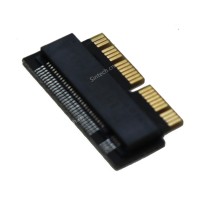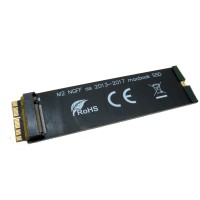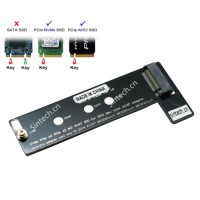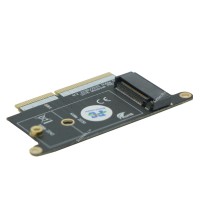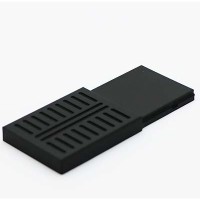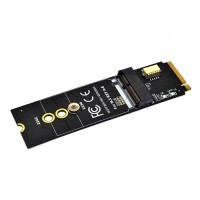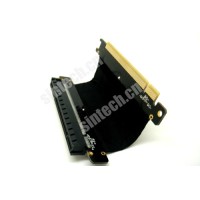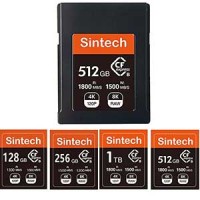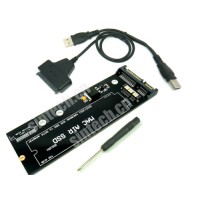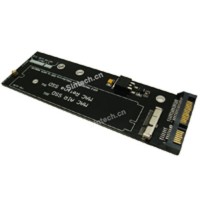Featured
USB 3.2 2013-2015 Macbook SSD External Case
1.Allows user to use SSD from 2013-2015 Macbook SSD to USB3.0 port in the Desktop or Laptop2. Fit SS..
$51.99 Ex Tax:$51.99
M.2 nVME SSD Card for Upgrade 2013 2014 2015 MacBook SSD
fit 2013-2017 Macbook Air and Imacfit late 2013-Mid 2015 Macbook PRO support Adata NVMe SS..
$7.99 Ex Tax:$7.99
M.2 nVME SSD Card Upgrade 2013-2017 MacBook Air,Late 2013-2015 PRO
fit 2013-2017 Macbook Air and Imacfit late 2013-Mid 2015 Macbook PRO support Adata NVMe SS..
$9.99 Ex Tax:$9.99
M.2 NGFF NVMe SSD Card For Upgrade Mac Mini 2014 A1347 MEG Series
ST-M2A1347 is used to covert M.2 M-Key SSD as SSD for late 2014 year Mac Mini A 1347 MEGEN2XX/A MEGE..
$13.99 Ex Tax:$13.99
M.2 NVMe 2230/2242 SSD Card for Upgrade 2017 Macbook PRO A1708
1.This adapter is only suitable for late 2016-Mid 2017 Year macbook pro A1708 model2.Only Supports 2..
$11.99 Ex Tax:$11.99
DIY nVME 2230 CFexpress Card For XBOX XSX XSS Expansion Storage
PA-CFEBM2-D is alowed to use 2230 M.2 nVME SSD as CFexpress B Card for XBOX.1.Support PCIe 4.0 4X ba..
$21.99 Ex Tax:$21.99
M2 E-Key wifi card to M.2 M-Key card For Intel 7260,8260,9260
Convert a M.2 Key-E or Key A+E module (such as WiFi, Bluetooth, or Dual Band Wireless Module, etc.) ..
$12.99 Ex Tax:$12.99
PCI-e Express X16 Riser Card Flex Cable 5CM
Extremly High speed silver-covered cable alow PCI express video card in any direction on suitable po..
$15.99 Ex Tax:$15.99
DIY CFexpress B nVME 2230 SSD Card For Nikon Z6 Z7 Z9
PA-CFEBM2-S/N is alowed to use 2230 M.2 nVME SSD as CFexpress B Card for Camera.1.Support PCIe 3.0 4..
$26.99 $39.99 Ex Tax:$26.99
DIY CFexpress B nVME 2230 SSD Card For Nikon Z6 Z7 Z9
PA-CFEBM2-N is alowed to use 2230 M.2 nVME SSD as CFexpress B Card for Camera.1.Support PCIe 3.0 4X ..
$26.99 $39.99 Ex Tax:$26.99
2010-2011 MACBOOK Air ssd SATA Card With USB cable
PA5025A-N+UB023 is used to read 2010-2011 year Macbook Air SSD in SATA port or USB port.Fit the foll..
$12.99 Ex Tax:$12.99
2012 MACBOOK ssd to SATA Card
1.Alow 2012 Year macbook Air SSD to work as USB external Storage in desktop or laptop2.Alow 2012 Yea..
$20.99 Ex Tax:$20.99


